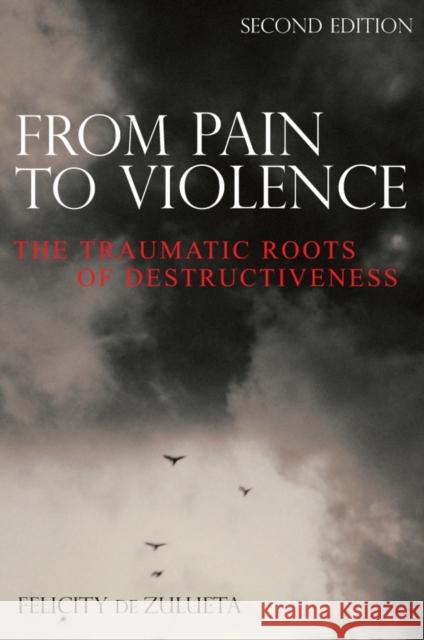From Pain to Violence : The Traumatic Roots of Destructiveness » książka
topmenu
From Pain to Violence : The Traumatic Roots of Destructiveness
ISBN-13: 9780470019368 / Angielski / Miękka / 2006 / 414 str.
From Pain to Violence : The Traumatic Roots of Destructiveness
ISBN-13: 9780470019368 / Angielski / Miękka / 2006 / 414 str.
cena 230,33 zł
(netto: 219,36 VAT: 5%)
Najniższa cena z 30 dni: 228,44 zł
(netto: 219,36 VAT: 5%)
Najniższa cena z 30 dni: 228,44 zł
Termin realizacji zamówienia:
ok. 30 dni roboczych
Bez gwarancji dostawy przed świętami
ok. 30 dni roboczych
Bez gwarancji dostawy przed świętami
Darmowa dostawa!
This second edition of From Pain to Violence: The Traumatic Roots of Destructiveness has been fully updated, including a new chapter on terrorism.











